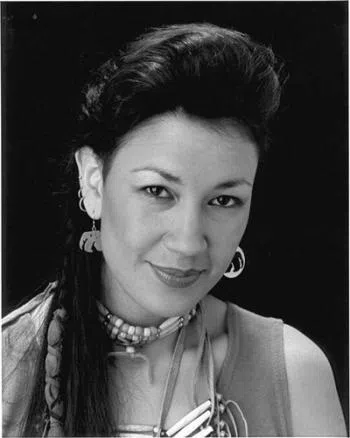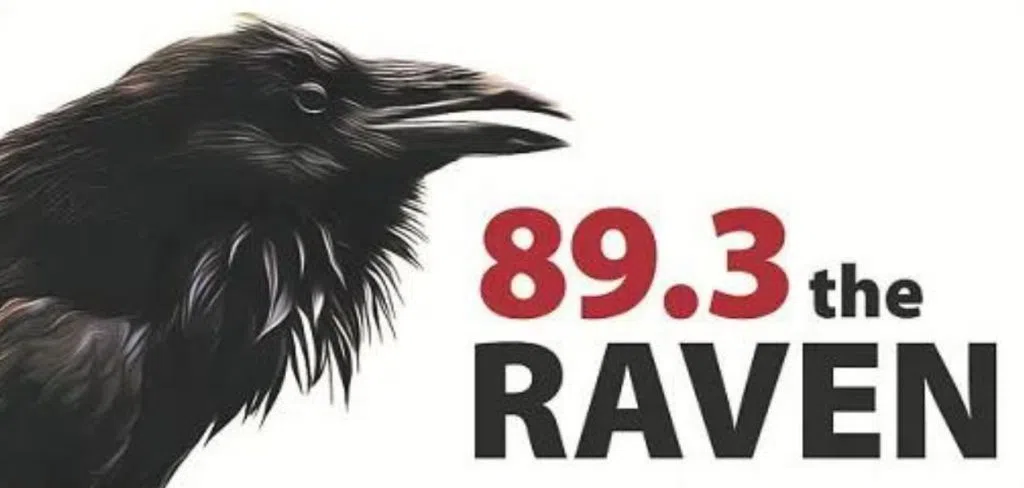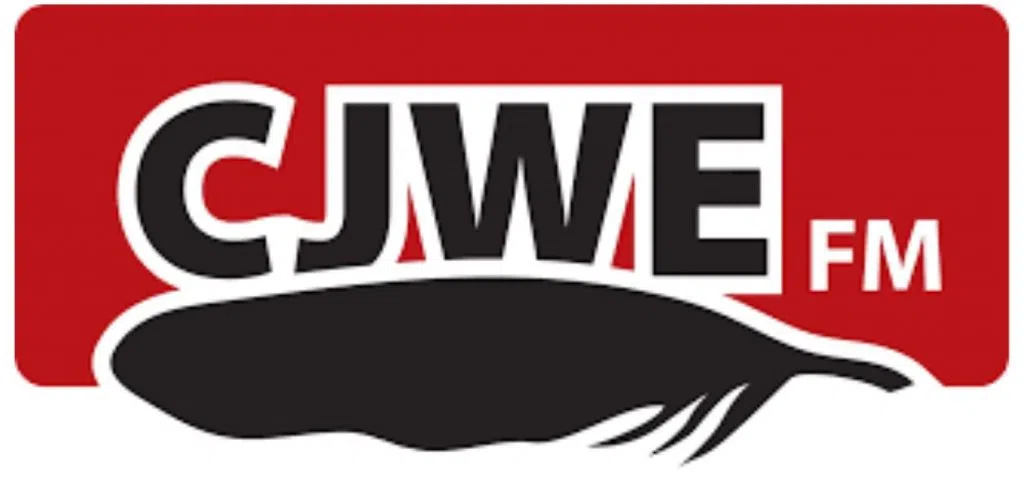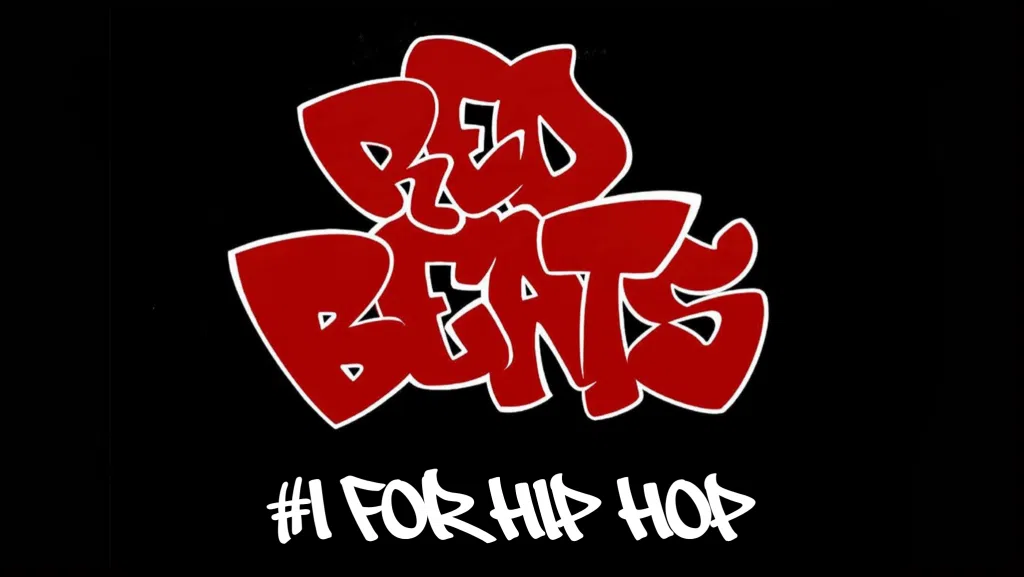Gordon Tootoosis
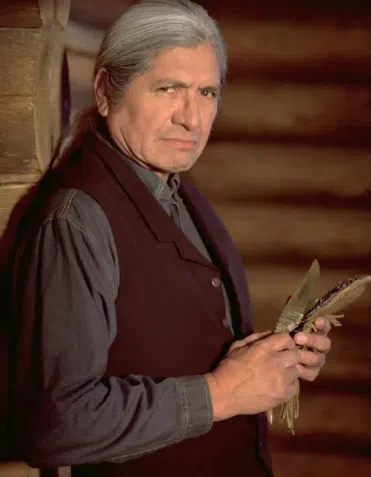
1941- 2011
Gordon’s first acting role was in “Alien Thunder” in 1972 with Donald Sutherland and Chief Dan George. He would later dedicate one of his acting awards to his mentor Dan George. Gordon went on to star in more than 40 films over the next 35 years and was awarded the Order of Canada in 2004
Listen to Gordon’s story below
Christine Quintasket
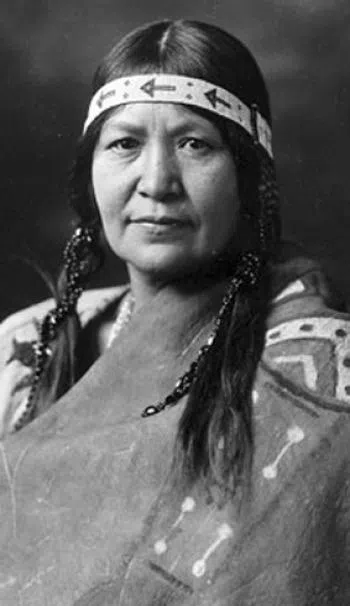
1888– 1936
Quintasket collected the traditional stories of her people to preserve the oral history for all time. Soon, she put away her fiction and turned her attention to interviewing the Elders of many Aboriginal communities. The stories she heard from them were ones she had heard all her life, told to her by relatives and by visiting Elders. She continued to work at various jobs during the daytime, then worked late into the night recording the stories and legends.
Listen to Christine’s story below
Shirley Firth-Larsson
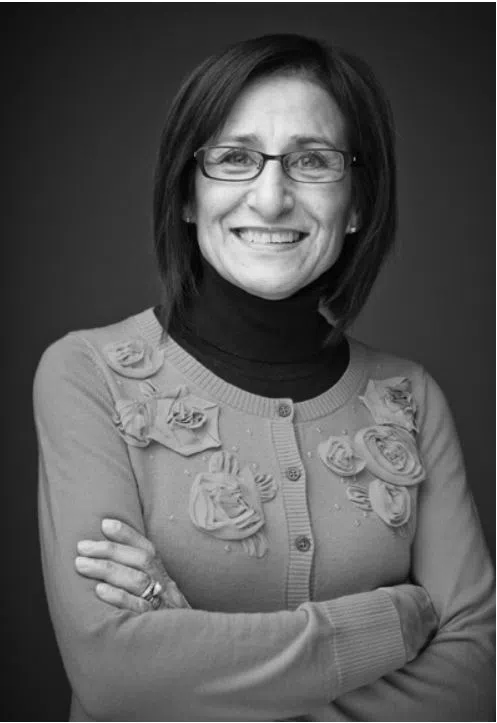
1953– 2013
Throughout her Career, Firth-Larsson won 42 Canadian national championship medals, competed in four World Ski championships, and was inducted into the Order of Canada in 1987. She was also the subject of the CBC documentary entitled “The Olympians: The Firth Sisters.”
Listen to Shirley’s story below
Mary Two-Axe Earley
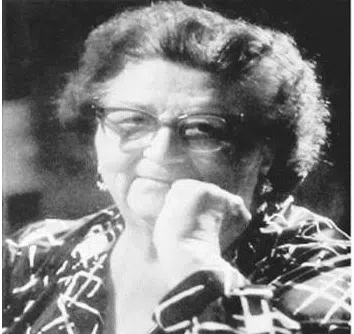
1920– 2011
Mary Two-Axe Earley fought for more than two decades to challenge sex discrimination against First Nations women embedded in Canada’s Indian Act and became a key figure in Canada’s women’s rights movement.
Listen to Mary’s story below
Olive Dickason
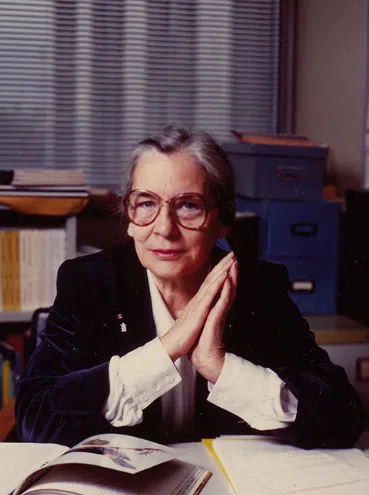
1920– 2011
Dickason lived a quintessentially Canadian life; a Métis who was an advocate for women’s rights, First Nations and Métis rights, and seniors’ rights. She was more than an advocate; she was at the forefront of the struggles. She was an inspired and inspirational teacher and mentor who changed Canadian history.
Listen to Olive’s story below
Tom Longboat
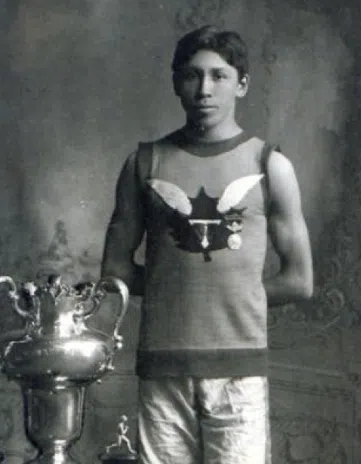
1887– 1949
Longboat was inducted into Canada’s Sports Hall of Fame in 1955 posthumously. The runner from Six Nations in Ontario had died six years earlier. His accomplishments include winning the 1907 Boston Marathon. Longboat has been called the greatest marathon runner of all time, and one of the greatest Canadian athletes that ever lived.
Listen to Tom’s story below
Mishi Donovan
1694– 2013
Donovan’s recording career began in the spring of 1993, when Manitoba-based Sunshine Records CEO Ness Michael solicited new artists in an international talent search contest. Upon receiving Donovan’s rough home recording, Michael recognized the uniqueness of her vocals and immediately offered her a recording contract.
Listen to Mishi’s story below
Ellen Neel
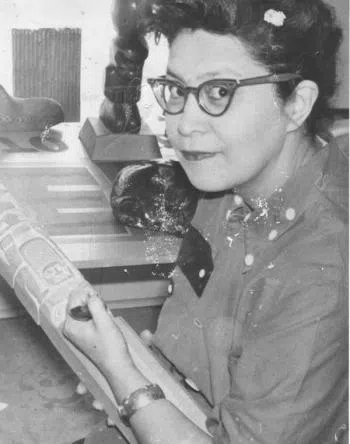
1916– 1966
The Kwakwaka’wakw artist was born in a plank house in Alert Bay just off northern Vancouver Island’s inside passage. Her Kwakwask’wakw name, which she seldom used but with which she sometimes signed her totem poles, means “people who came from far away to seek her advice.” In Alert Bay, she was simply known as Ellenah.
Listen to Ellen’s story below
Bill Reid
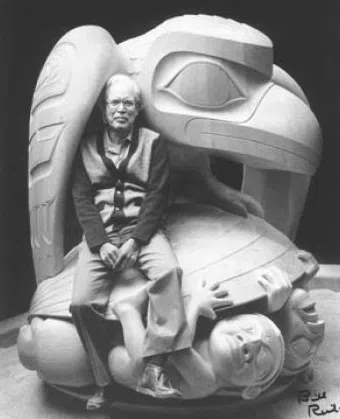
1920– 1998
At the height of his career, Bill Reid was earning more than any other Indigenous artist. In the early 1990s, gold replicas of the Raven and the First Men were fetching $125,000 each, and in 1995, he earned the largest commission in the history of Canadian art when the Vancouver International Airport paid him $3 million for another version of The Spirit of Haida Gwaii.
Listen to Bill’s story below
George Blondin
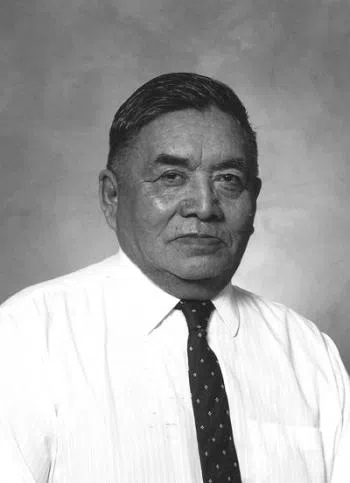
1923– 2008
Dene author George Blondin was one of the few Indigenous people who spoke openly about medicine power, because he felt young people should know where they came from.
Listen to George’s story below
Tommy Prince
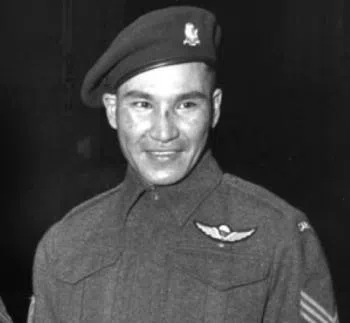
1915– 1977
In September 1942, Tommy Prince answered a call for paratrooper volunteers and was promoted to sergeant and transferred to the 1st Canadian Parachute Battalion. In October of that year, he was assigned to the Canadian-American First Special Service Force, the Devil’s Brigade.
Listen to Tommy’s story below
George Armstrong
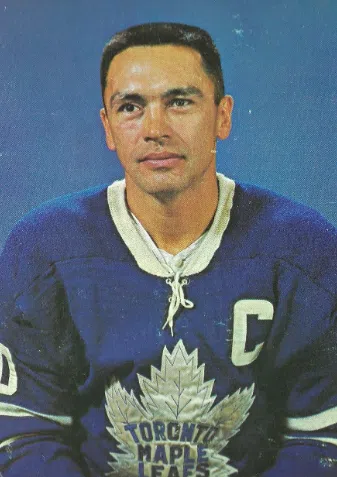
1930– 2021
George Armstrong won four Stanley Cups as Captain of the Toronto Maple Leafs, serving over 12 years including their Stanley Cup victory in 1967. When Armstrong’s retirement finally occurred in 1971, he was the second-longest serving captain in NHL history.
Listen to George’s story below
Dr. Dale Auger
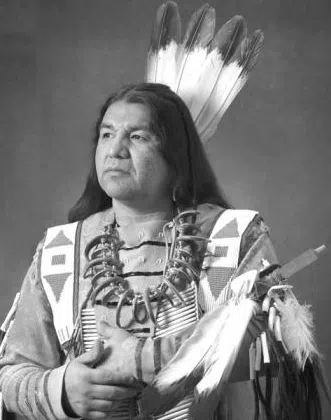
1958– 2008
Dr Dale Auger was a renowned artist whose vibrant acrylic and oil paintings are held in many notable public and private collections around the world. Through his strong, intensely colorful images, he told a story of his ancestors and the Native spiritual life.
Listen to Dr. Augers story below
Senator Thelma Chalifoux
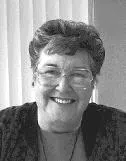 1929– 2017
1929– 2017
From the time Thelma Chalifoux was young, she cared for others, including elders in her family. After leaving an abusive marriage in the 1950s, she went back to school to study sociology at the Lethbridge Community College, and construction estimating at the Southern Alberta Institute of Technology, while working to support her seven children. Since the late 1960s, Chalifoux worked extensively with rural and Aboriginal organizations, and in other forums where she has contributed to the betterment of the Métis and has supported and initiated programs for all Aboriginal people.
Listen to Senator Chalifoux’s story below
Gordon Crowchild
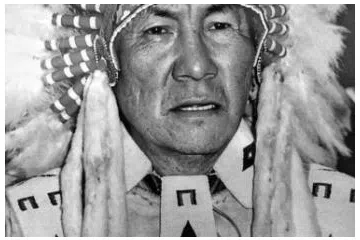
1929– 2015
Gordon Crowchild grew up watching his father compete in the Calgary Stampede Rangeland Derby. It wasn’t long before he entered his first rodeo competition in the boys’ steer-riding event in 1944 and later fulfilled his dream of becoming a chuckwagon driver. In 1955, he experienced an accident that ended his chuckwagon career and almost took his life.
Listen to Gordon’s story below
Maggie Black Kettle
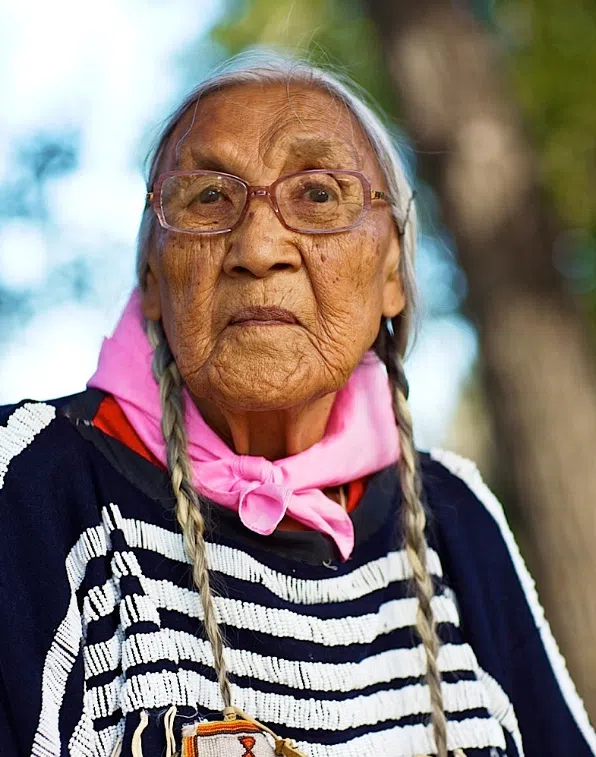
1917 – 2011
Maggie Black Kettle had numerous accomplishment during her life time. Maggie owned a Tipi at the Indian Village in the Calgary Stampede grounds and was well known for her famous Bannock. Maggie named the first white buffalo in Canada “Holy Buffalo” and had numerous roles in movies such as Wild America, Medicine River, and the tv series North of Sixty
Listen to Maggie’s story below
James Gladstone
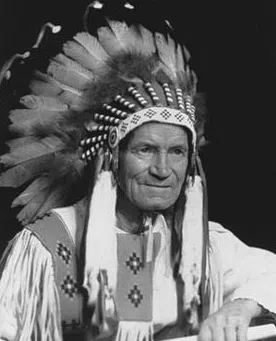
1887 – 1971
James Gladstone devoted most of his life to the betterment of Indigenous Peoples in Canada and was appointed the country’s first senator with Indian status. In 1960, he had the satisfaction of moving a bill through the Senate that gave federal voting privileges to Indigenous people.
Listen to James story below
Dr. Harold Cardinal
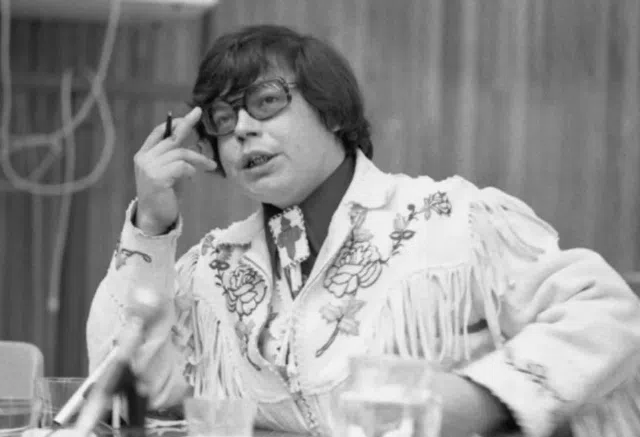
1945 – 2017
Harold Cardinal was barely out of his teen years when he first entered the world of Indian politics. In 1968, at the age of 23, he was elected president of the Indian Association of Alberta, the youngest person ever to hold the position.
Listen to Harold’s story below
Elsie Yanik
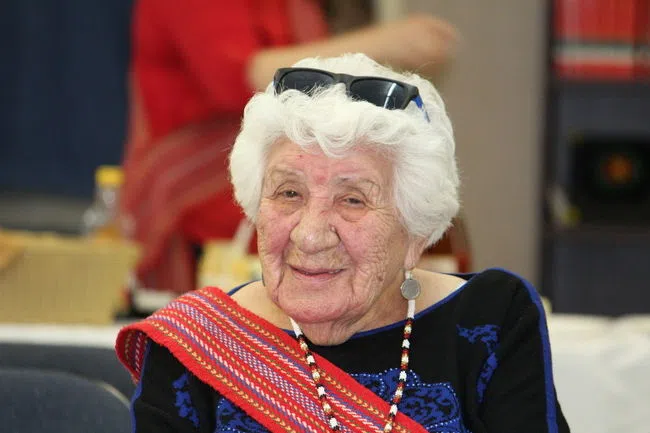 1917 – 2016
1917 – 2016
Elsie began her work as a nurse’s aide in Fort Smith at age 17. She spent 80 years spreading her own kindness as a minister, mentor and volunteer. Her community commitment included terms as president of the Voice of Native Women of Alberta Board, 10 years of service with the Young Offenders Board and work with the Nunee Health Authority in Fort Chipewyan.
Listen to Elsie’s story below
Jenny Flett
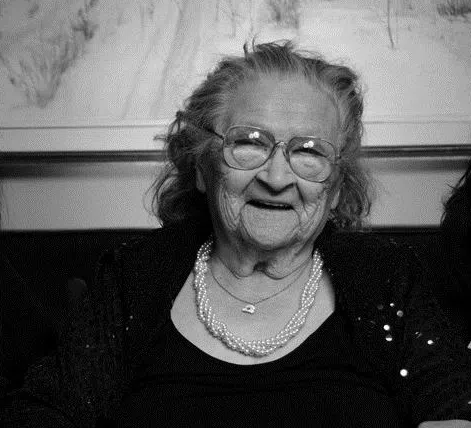
1908 – 2009
As a Northern Alberta midwife, Jenny travelled by dogsled to women’s homes or teepees. Her only tools were a weighing scale, clean sheets, clamps and two pie tins, which were warmed on the stove or open fire to help with the delivery. When women she cared for could not afford to pay her, she would gladly accept any token such as fish, fur or fruits.
Listen to Jenny’s story below
Jimmy Herman
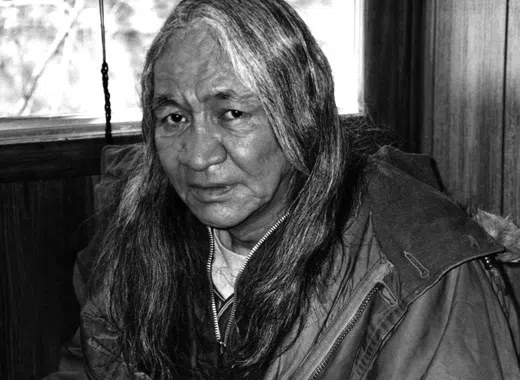
1940 – 2013
After playing a small part in a CBC television pilot, Jimmy Herman decided to pursue acting full time. In 1990, he got the life-changing call to appear as Sioux warrior Stone Calf in Kevin Costner’s Academy Award winning film “Dances with Wolves”
Listen to Jimmy’s story below
John Snow
1933 – 2006
John Snow attended residential school until he was 16, then returned home, where he learned to hunt and trap from his father and helped the family out by doing odd jobs. But what he truly wanted to do was to continue his education.
Listen to John’s story below
Victoria Belcourt Callihoo
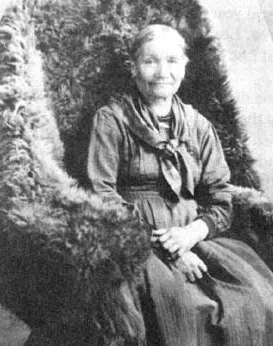
1861 – 1966
Victoria spent her entire life living in the Lac Ste. Anne area, a life that spanned more than a century. She was five years old when Canada was formed. She was almost 44 when Alberta became a province. She was alive when the first treaties were signed in Western Canada and was there to witness first-hand the decimation of the buffalo herds that had once been the mainstay of her people.
Listen to Victoria’s story below
Marie Smallface-Marule
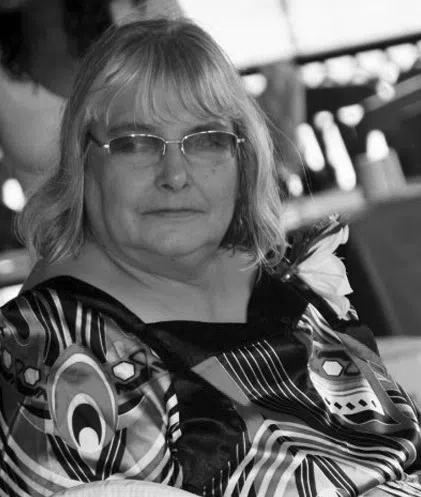
1944 – 2014
As an educator, Marie was one of the first Aboriginal women to gain a BA in Sociology and Anthropology from the University of Alberta. She was also one of the first Aboriginal women to travel to Africa with CUSO as a volunteer in Community Development and Adult Literacy in Zambia. It was as a result of these travels that she began her quest to work on human rights issues.
Listen to Marie’s story below
